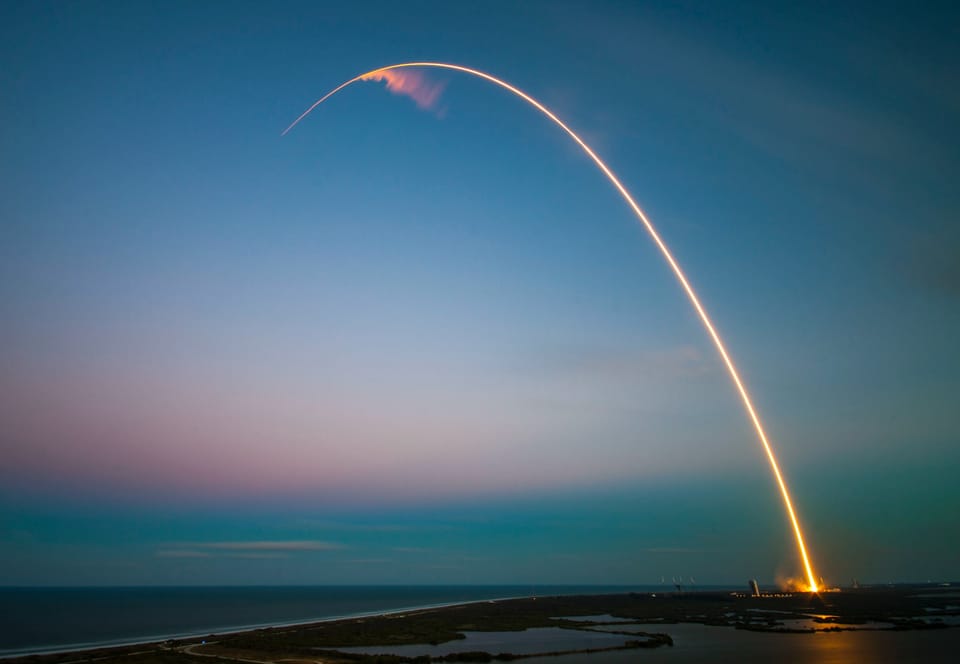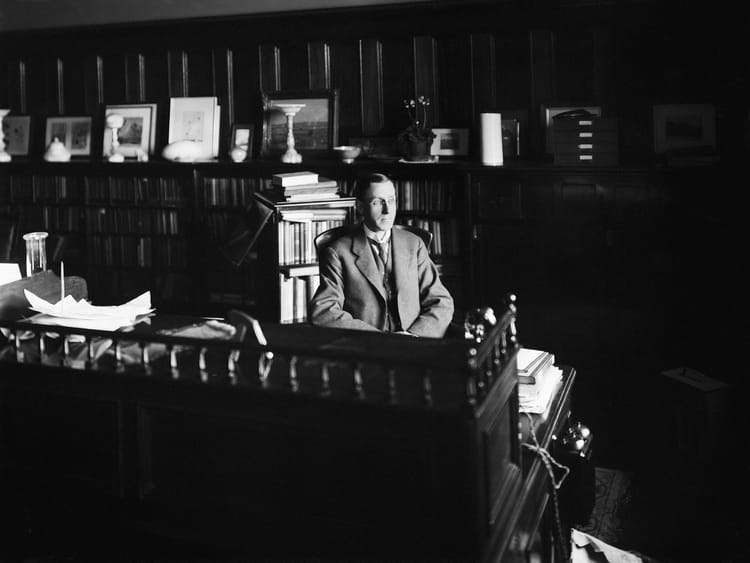‘The golden age of spaceflight’

“What you have given me is the most profound experience I can imagine,” William Shatner told Jeff Bezos last month. Shatner, who played the iconic Captain Kirk in Star Trek, had just completed a real-life trip to the edge of space and back, traveling on a spacecraft belonging to Bezos’s aerospace company, Blue Origin—and generating all the international media coverage the company would have hoped for. While the episode was powerful public relations, Shatner hasn’t been the only prominent name to make headlines for space travel in recent months. Bezos made his own trip in July, not two weeks after Richard Branson did on a craft from his company Virgin Galactic. These billionaires, along with SpaceX founder Elon Musk, are leading a commercial-spaceflight industry that’s made giant strides over the past decade. What’s driving this business, and what does it mean for humanity’s future in space?
Joe Pappalardo is a U.S.-based journalist and the author of Spaceport Earth: The Reinvention of Spaceflight. Pappalardo says this may be “the golden age of spaceflight” as “more spacecraft are being designed and flown now than ever before in history.” He notes that America’s National Aeronautics and Space Administration helped foster and fund this private industry, which now provides the agency with vehicles and other technology. According to Pappalardo, ambition, ego, and personal idiosyncrasies are all behind the initiatives of these businessmen—Musk is obsessed with going to Mars while Bezos dreams of the moon—but they also understand themselves as expanding human reach, turning science fiction into reality, even if spaceflight will likely remain a privilege of the very wealthy for decades to come …
Graham Vyse: What are the origins of commercial spaceflight?
Joe Pappalardo: The history of U.S. spaceflight comes out of World War II. The Germans learned a whole lot about rocket technology by the end of the war, and some of them brought that to the U.S. By the Cold War, America had its A-team of rocket scientists racing the Soviet Union’s A-team of rocket scientists, each side trying to prove its system of government was better—by getting a satellite into orbit, getting human beings into orbit, getting someone to the moon. It was wrapped up in this geopolitical struggle, which informed how people viewed space. Still today, it’s about national pride and—even more now than it used to be—national security.





